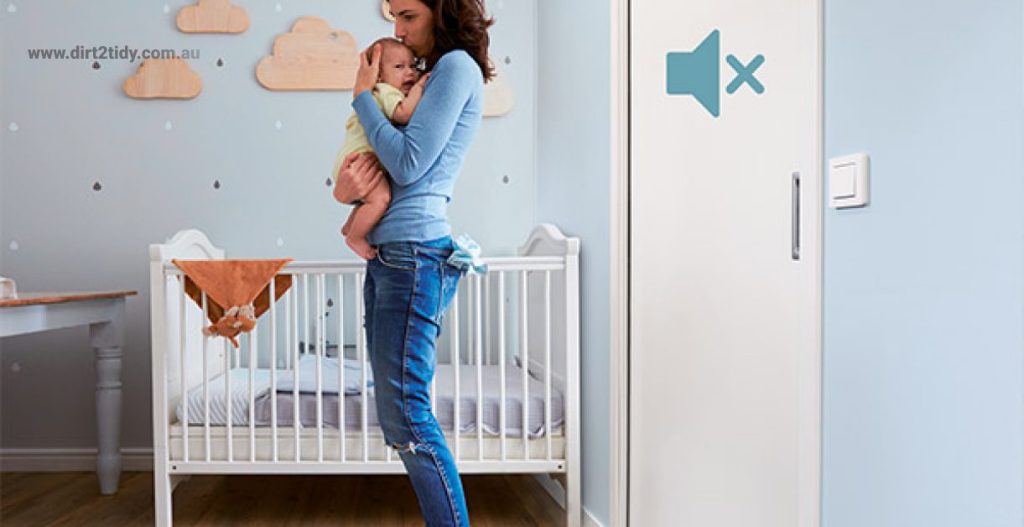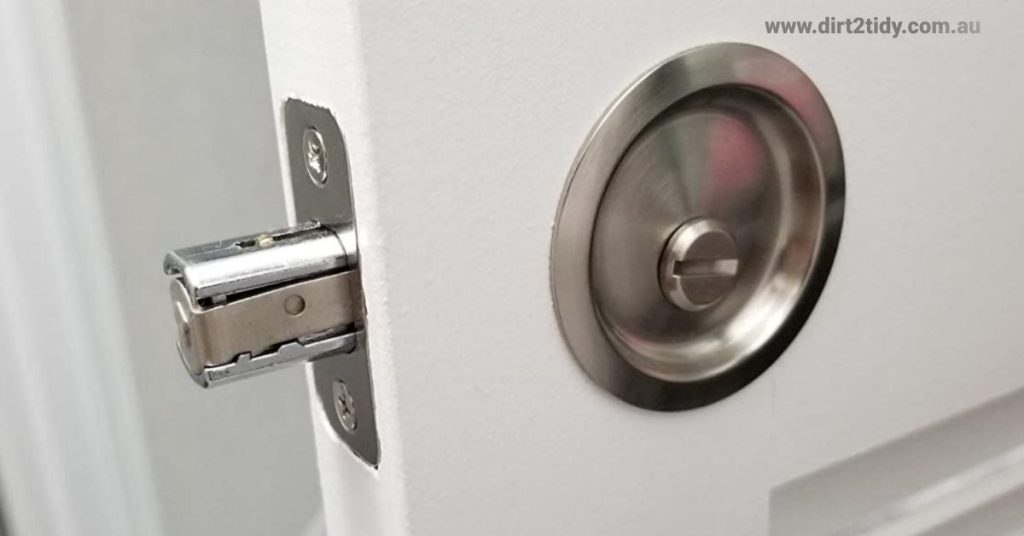Table of Contents
In the 1900s, pocket doors or sliding doors were more fashionable than barn doors. They’ve returned. If you’re a minimalist or want a streamlined aesthetic, do it. space-saving pocket doors.
Do Bathroom Pocket Doors Save Space?
Most wonder this type of door for bathroom doors. Expert builders have a good answer. Perfect! Designing small bathrooms.
Swing doors seldom save wall space. Materials and colours vary for pocket doors systems. You may decorate a bathroom pocket door or use a standard door. Pocket doors are ideal for ensuites in bedrooms, studios, and small apartments to get that extra space.
Let’s analyse these pros and cons before you install them. Read on to learn whether pocket doors will deter you.

Convenience
- Pocket doors maximize space by disappearing into the wall.
- Enhance the feeling of spaciousness in small bathrooms.
- Ease of use and aesthetic appeal.
How Pocket Doors Facilitate Easy Transitions Between Rooms
Pocket doors are a versatile addition to home design, enhancing both aesthetics and functionality. Let’s explore how they promote seamless transitions between rooms:
- Space Optimization: Unlike traditional swinging doors, pocket doors glide smoothly into the wall. This feature saves valuable floor space and creates an unobstructed path between rooms, making it easier to move from one area to another.
- Enhanced Flow and Cohesion: By sliding out of sight, pocket doors eliminate visual barriers. This allows the decor and design elements of one room to flow naturally into the next, contributing to a unified aesthetic across spaces.
- Maximized Natural Light: With their ability to open fully, pocket doors let natural light pour through. Especially in connecting spaces like bathrooms, this increases the sense of openness and brightness throughout your home.
- Flexible Privacy Options: When needed, pocket doors can provide privacy without permanent division. Their flexible nature means you can effortlessly change a space from open-concept to more intimate whenever you choose.
Incorporating pocket doors into your home not only facilitates a smooth transition between rooms but also elevates the overall functionality and style of your living environment.
Storage
Pocket doors work well in thin walls without plumbing or electrical wiring. They make place for shelves or vanities. Swinging doors reduce foot space. No more door-slamming.
Aesthetics
- Sleek and stylish appearance.
- Offer options for decorative design.
Incorporating Pocket Doors into a Farmhouse Bathroom Design
Pocket doors offer both practicality and elegance, making them an excellent choice for farmhouse-style bathrooms. Here’s how you can seamlessly introduce them into your design:
1. Maximize Space and Style
- Efficient Use of Space: Pocket doors slide within the wall, which is perfect for smaller bathrooms where space is at a premium.
- Timeless Aesthetic: Their sleek lines contribute to the cozy yet sophisticated farmhouse look.
2. Enhance with Farmhouse Details
- Distinctive Hardware: Opt for rustic metal knobs or handles that reflect the farmhouse vibe.
- Decorative Panels: Consider shiplap-style panels on the door to echo traditional farmhouse textures.
3. Coordinate with Bathroom Accents
- Complementary Cabinetry: Match your pocket door with similarly styled cabinetry to ensure a unified appearance.
- Ambient Lighting: Incorporate elements like Edison bulb fixtures to enhance the overall warmth and character of the space.
4. Create a Harmonious Look
- By blending these distinct features, bathroom pocket doors integrate seamlessly into a farmhouse bathroom, enhancing both functionality and aesthetic appeal, ensuring your bathroom is both inviting and stylish.
Whether starting from scratch or remodeling, pocket doors offer a charming and space-efficient solution for modern farmhouse bathrooms.
Functionality
Pocket doors are swing doors. When not in use, they disappear. Cleanup is easy. Pocket doors readily retract with very light noise when used.
Limitations
Pocket doors might be difficult for the disabled. Limited-mobility people can’t open these doors. Pocket doors have cavity ‘handles’ Not always convenient. In an emergency, this may be dangerous.
Noise, light, odours
Pocket doors let light, fragrances, and sounds through. Traditional doors prevent noise. These doors fit their frames. Pocket doors don’t fit the doorframe.
Bathroom noise can embarrass you in the living room unless it’s in the bedroom. Sound travels through the gaps. Pocket doors may be loud and disturb light sleepers.
Cracks allow light in. This might wake neighbouring sleepers. Pocket doors are insecure. High-traffic bathrooms shouldn’t have them.
Stability
Pocket doors aren’t stable. They might come off their tracks if pulled hard. Heavy pocket doors are harder to reinstall.
Pocket doors need frequent lubrication. Don’t force them. Wobbly pocket doors are unappealing. Poorly-installed pocket doors won’t work.
Cost
Costly pocket door installation. Durable equipment is expensive. Pocket doors require upkeep, unlike swinging doors. Maintain their tracks. Pocket doors are 2–5 times more expensive.
Pocket Doors: Obsolete?
No! They’re returning. The rails made them obsolete in the late 1900s. Floor tracks limited mobility.
The ceiling tracks provide appeal. Bathroom Pocket doors solve space problems. Small areas require privacy and closeness. Designs and materials abound. Doors are plentiful. It depends on funding.
Pocket doors can separate the toilet and bathroom. These doors have this advantage.
They aren’t just for closing off bathrooms from the rest of the house—pocket doors can also be used to divide areas within the bathroom itself. This feature allows for enhanced privacy by sectioning off smaller spaces in the room, such as the toilet, bathtub, or shower. With a sliding door, more than one person can use the bathroom simultaneously, ensuring everyone enjoys full privacy. By incorporating pocket doors, you can transform your bathroom into a flexible, multi-user space without sacrificing comfort or seclusion.

Sound-proofing pocket doors
No. Pocket doors are light. Noise leaks via installation gaps. Pocket doors are put in thinner home walls. Pocket doors are soundproof. Strange? How? Use soundproof blankets or drapes. It’s ugly, but it works.
Use soundproof glass for a glass pocket door. It cuts noise by 75%. Also a hefty door.
Lockable Pocket Doors?
True. Install a lock. These are placed with the door. Magnetic mechanisms are possible. Door Frame locks can be placed. Install a lock on the converging doors’ second half. Converging doors combine two pocket doors.
Locking pocket doors keeps children out of toilets. Locks prevent unstable doors from opening.
Pocket door prices?
$400 to $3000. $900 is average. Pocket door installation might be expensive, depending on its intricacy.
Professional installation costs $300-$550. Pocket door installation is expensive. It might be your door type. Quality varies for pocket door hardware. Invest in quality hardware to prevent noise and off-track doors. Hire a pro. Hire an experienced pocket door installer.

Can a regular door be a pocket door?
- Adaptability of various door types for pocket door use.
- Considerations for wall thickness and hardware.
Is DIY Pocket Door Installation Feasible?
Installing a pocket door yourself is certainly possible, but it’s not without its challenges. If you’re comfortable with home improvement projects and have some experience, especially in installing doors, you might find this task manageable. Here’s what you’ll need to consider:
- Essential Tools and Materials:
- A complete pocket door kit.
- Power tools such as a drill and a saw.
- Measuring tape, level, and other standard hand tools.
- Technical Know-How:
- You’ll need to understand wall framing, as the door slides into a space in the wall.
- Basic carpentry skills are essential to modify the wall without compromising its structural integrity.
- Time and Effort:
- Installing a pocket door is a time-consuming task, requiring careful planning and precision. Be prepared to invest several hours.
- Potential Challenges:
- If your walls contain wiring, plumbing, or vents, extra care should be taken to avoid complications.
- Precise alignment is crucial for smooth operation; small mistakes can lead to significant issues.
While self-installation can be rewarding and cost-effective, hiring a professional ensures a flawless result. A skilled installer will have experience dealing with the intricacies that might be daunting for a DIY enthusiast.
Ultimately, the decision hinges on your confidence in tackling detailed tasks and your comfort level with potential structural modifications.
Finally
Bathrooms can have pocket doors. We’ve also seen good and bad pocket doors. No more damaging pricey furnishings.
Pocket doors need high-quality hardware. Choose a bathroom pocket door you love. Depending on your budget and bathroom space.




